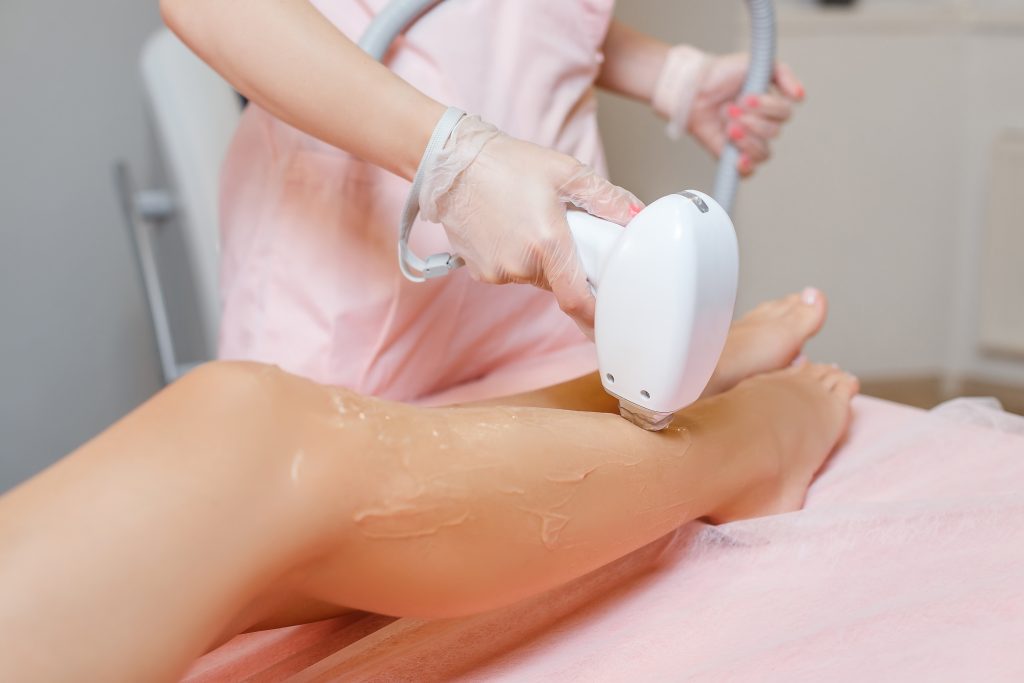When it comes to hair removal in the private areas, the skin’s sensitivity demands a gentle and respectful approach. The delicate nature of this region means that harsh methods or careless techniques can lead to irritation, redness, discomfort, and even injury. To protect and care for sensitive skin, it is essential to adopt hair removal practices that prioritize skin health, minimize trauma, and support natural healing. One of the most common and gentle ways to remove hair in sensitive areas is trimming rather than complete removal. Using scissors or an electric trimmer with a guard helps keep the hair short without directly affecting the skin. This method avoids the risks of cuts, ingrown hairs, or irritation that can come from more invasive procedures. It also allows the skin to maintain its natural barrier and reduces the chance of sensitivity flare-ups. For those seeking smoother results, shaving is a widely used technique, but it requires careful preparation and execution to minimize irritation. Before shaving, cleansing the skin thoroughly with a mild, fragrance-free cleanser is essential to remove sweat, oils, and bacteria that could contribute to post-shave infections or inflammation.

Softening the hair and skin by taking a warm shower or bath improves the shaving experience and reduces friction. Using a fresh, sharp razor prevents tugging and minimizes the risk of cuts. Shaving in the direction of hair growth, rather than against it, helps to reduce the likelihood of razor burn and ingrown hairs. After shaving, rinsing with cool water helps close pores, and applying a soothing, alcohol-free moisturizer calms the skin and restores hydration. Waxing is another hair removal method that can offer longer-lasting smoothness, but it must be approached with caution in sensitive areas. Warm wax is applied and quickly removed, pulling hairs out from the root, which can cause temporary discomfort and redness. To protect sensitive skin, it is crucial to ensure the wax is not too hot and to perform a patch test beforehand to check for adverse reactions. Following waxing, applying cool compresses and calming products that reduce inflammation can help soothe the skin. Spacing waxing sessions adequately apart allows the skin time to recover and prevents cumulative irritation.
Sugaring, a natural hair removal technique using a sticky paste made from simple ingredients, is often regarded as a gentler alternative to waxing. Its application and removal follow the direction of hair growth, which reduces hair breakage and irritation. Because the paste adheres only to hair and not skin, sugaring tends to be less painful and less harsh on sensitive skin. Like waxing, aftercare with gentle moisturizing and avoiding tight clothing helps maintain skin comfort and prevent irritation. For those who prefer a longer-term solution for private part hair removal, methods such as laser hair removal or intense pulsed light therapy can be considered, but these require professional consultation and treatment by trained specialists. Additionally, maintaining good hygiene and wearing breathable, natural fabrics can reduce irritation and promote comfort. By prioritizing gentle techniques and thoughtful aftercare, hair removal in sensitive areas can be done respectfully and safely, keeping the skin healthy and comfortable.